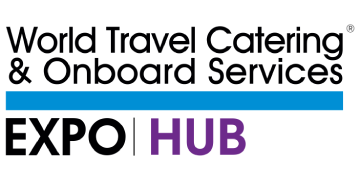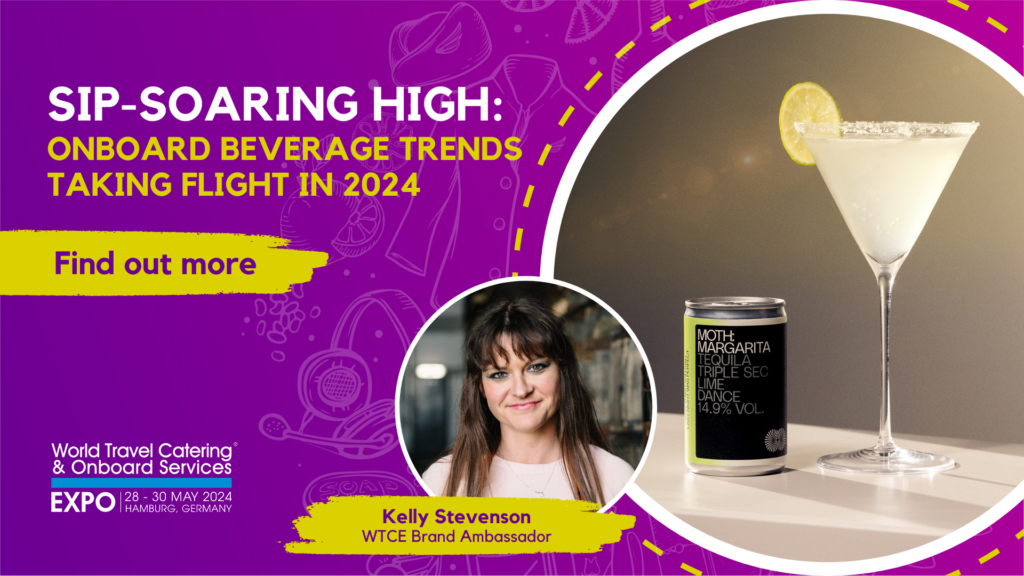
By Kelly J Stevenson, Director, JetVine Ltd
In an f&b (food and beverage) world where the customer has more choices available to them, global aviation catering is innovating and embracing change faster than ever before.
As a wine and beverage expert I have seen extensive growth in the number of drinks categories and sub-groups available to the consumer globally. Whilst airlines have restrictions in what they can buy in terms of space, budget, materials and effective routes to market, they are embracing the choices available akin to grocers and wider hospitality channels.
I believe that the key to airlines curating an engaging proposition across multiple categories, be it wine, beer, spirits, soft drinks, healthy drinks, tea or coffee — is understanding the factors that affect purchasing; the operational parameters in this complex channel.
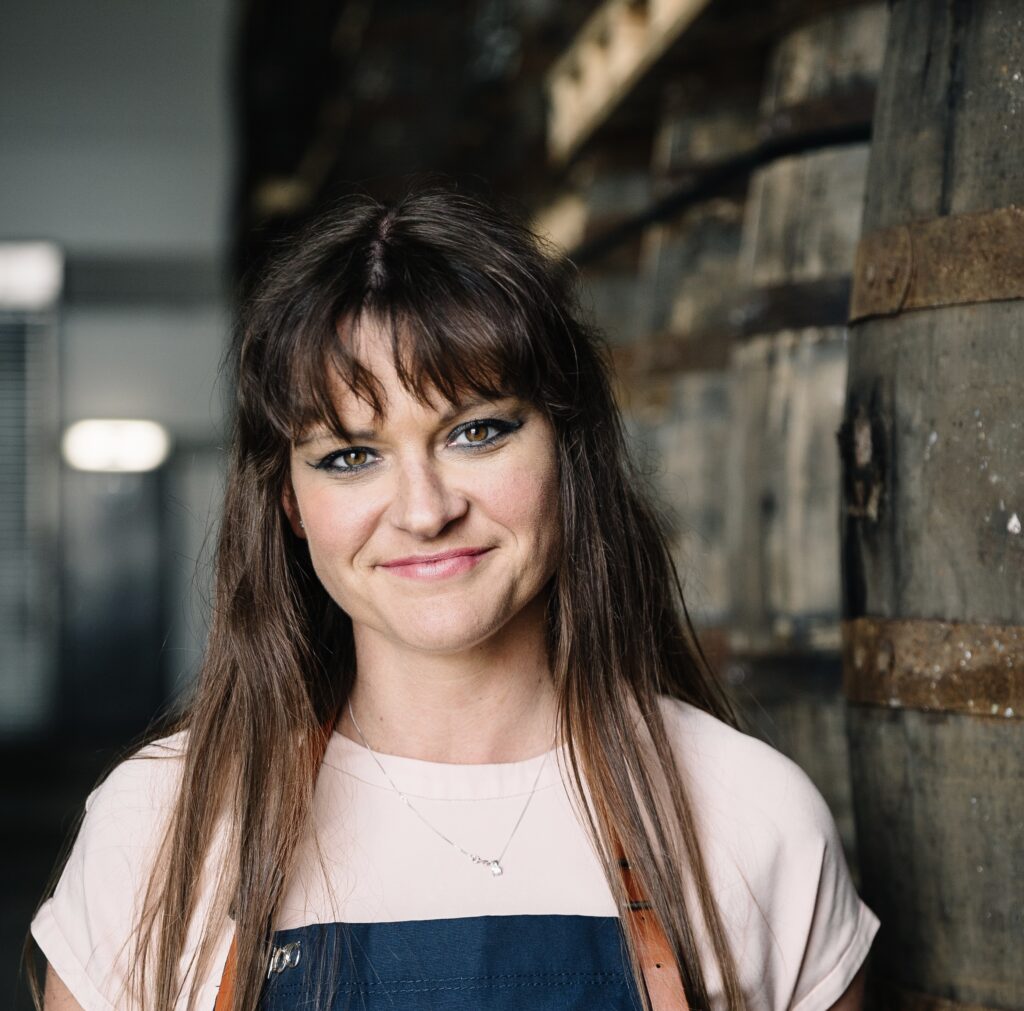
Taken: 1st May 2019
Picture by: Stuart Bailey
What does this mean?
A producer may have a great sustainable product, bursting with health benefits, that can hit an attractive price point – but if their can is too tall; their bottle too heavy the airline justifiably cannot buy it. Turning this into a positive, if you know what will best fit, that you need a product which is lightweight, stackable and can achieve optimum stowage configuration then you can search the onboard options more efficiently.
The airline industry has undergone significant transformations over the years in terms of in-flight bar menus. From sophisticated cocktails to locally inspired health shots, airlines are raising the bar to enhance the overall travel experience.
Let’s take a look at some of the ways airlines embrace these ever-growing categories. Curated wine selections: Premium wine lists at 38,000ft are certainly not a new phenomenon. If anything, over the past decade, the importance of the cellars in our skies has been renewed with investment in training and qualifications, sensible budgets and implementing an effective supply chain. Airlines are evidently trying to curate exceptional wine lists, and many are succeeding.
There is an expectation across premium (First and Business) classes, to see a certain calibre of wine label be that regionally, vintage or grape varietally led. Recently we have even seen carriers secure exclusive partnerships with wineries and Champagne houses to ensure their list is unique compared to their competitors. One of the key factors to finding the right wine for an airline is strong working relationships. With wine being finite and dependent on many natural factors, often airlines will look to source wine exclusively so that they can guarantee enough parcels for all the customers flying.

Air travellers enjoy a lot of wine on board and for some of the larger airlines, sometimes there isn’t enough of the same wine to go across multiple airlines, so strong relationships are very important in securing the desired wine season after season. Of course, trends in wine change just like other categories and will often be different according to demographic.
For example, often a New Zealand Sauvignon Blanc will be sought after as it’s such a popular wine the world over. I see the UK and US carriers experimenting with grape varietals a lot as the customer is demanding to ‘discover’ more about the wine in their glass and some passengers are moving away from classic to more modern styles. In contrast, a lot of European owned airlines are pouring classical varietals and blends and, if they are also a wine producing country, will often be very focused on provenance too.
Same for Australia, where all the wines are Australian with the exception of Champagne. Another growing trend is pale dry rosé – many more airlines are offering this in addition to the traditional sparkling, white and red. A category that saw intense growth globally on the ground, has finally hit the skies!
Fortunately, there are companies who specialise wholly in finding wines (and other beverages) for the airlines. These airline specialists have the ability to secure large volumes of the right styles of wine demanded by the different airlines. Working closely with producers and the carriers collectively they ensure the right bottles, hit the right airline, at the right time. The ultimate goal is that thirsty passengers have a varied wine list to select from and enjoy great quality in their glass.
Ones to watch
| AMI | Inflight Initiatives | Intervine |
| Whispering Angel (AMI) | Penfolds (Inflight Initiatives) |
Le Grands Chais de FranceReady to drinks (RTDs) are seeing much success in the world of travel as these formats provide passengers with a memorable and elevated drinking experience, whilst reducing waste. Sustainability is a very important consideration when selecting new drinks to list onboard. A single serve ensures zero wastage. It always shocked me when I was an airline buyer how many open bottles and excess cartons are so often poured down the galley sink at the end of a flight. Another important factor is that RTDs offer a consistent pour every time so variations in experience and training amongst the crew don’t affect the presentation or taste in glass.
For airlines specifically, alternative formats such as aluminium, paper bottle and lightweight pouches enable cutting the cost of fuel. So, it may not come as a surprise to see more airlines adapting from single serve PET bottles of wine to wine in a can. Gatao, The Uncommon Wines of England and Nice are just a handful of brands that have pioneered sky high canned wine success across both inflight complimentary pours and the ‘Buy on Board’ model.
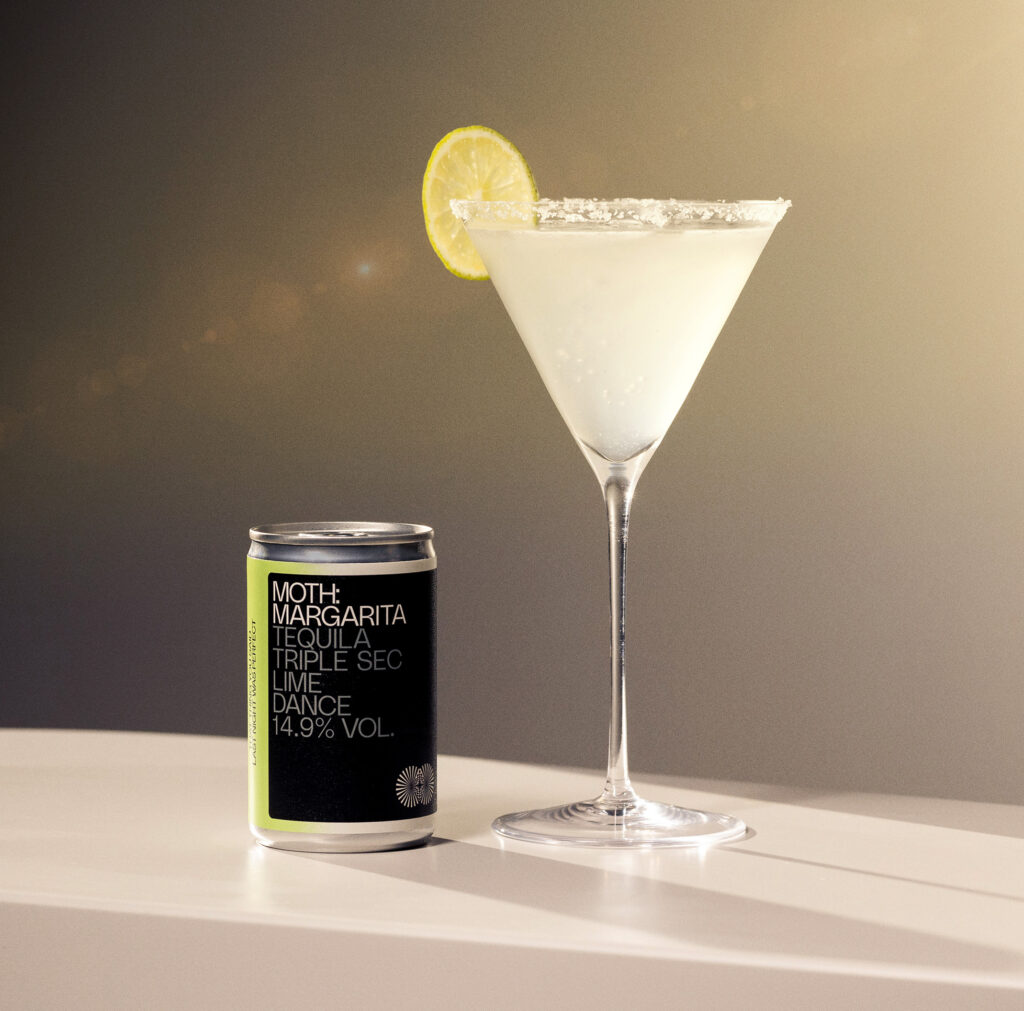
Bravo to TAP Air Portugal, British Airways and Virgin Atlantic – early adopters of quality canned wine, we salute you. Some cabins, usually the larger economy areas and those airlines who adopt ‘Buy on Board’ models have benefitted from removing single components for spirit and mixer pairings and replacing with RTDs. Many examples of this have enabled a cost saving in terms of beverage procurement and a notable reduction in waste and aligned fuel costs.
Not only does switching from a plastic bottle to a can reduce weight and enable wider recyclability, but it also removes the requirement for an additional vessel from which to consume the liquid, noting of course that some customers may still request to sip from a glass or cup instead of straight from the can. This applies to RTD cocktails also.
One of the best consolidations I have been watching over recent years is the classic ‘I only have one when I’m on a flight’ Bloody Mary cocktail. Traditionally, airlines serving a tomato juice-based cocktail or mocktail would carry all the ingredients and then mix from scratch in the galley. Today, there are some exceptional producers of ‘Spicy Tomato Mix’ taking away the need to buy the other parts separately.
Take The Pickle House, for example, where founder Florence Cherrault has developed a balanced and delicious tasting mix using high quality fresh tomatoes combined with celery, lemon, horseradish, salt and pepper, pickle, tabasco and vegan Worcestershire sauce. This all comes in a handy single serve, aircraft trolley drawer fitting, lightweight 150ml aluminium can.
Ones to watch
| The Pickle House (AMI) | MOTH (Inflight Initiatives) | Lockdown Liquor Co. |
| The Uncommon Wines of England (Inflight Initiatives) | Most Wanted (Inflight Initiatives) | The Duppy Share Rum (Inflight Initiatives) |
Uniquely mixed cocktails
In the last five to six years, airlines have been embracing the art of mixology and craft beverage creation. In fact, the pandemic period may be looked upon as a time that allowed for extended testing and lengthy research into the perfect people and ingredients to create cloud-worthy concoctions. Whether passengers are sipping on a signature cocktail, enjoying a destination-inspired libation, or relishing an alcohol-free mocktail, they’re a popular choice in the air.
Some airlines are partnering with expert mixologists and renowned beverage brands to create their in-flight cocktails. Often the resulting cocktail lists complement the effects upon the tastebuds at altitude and the overall cabin environment, as well as articulate the look and feel of the airline’s brand itself in terms of presentation both in the glass and in naming for the menu. See RTD section for ones to watch and Signature Cocktail Co.
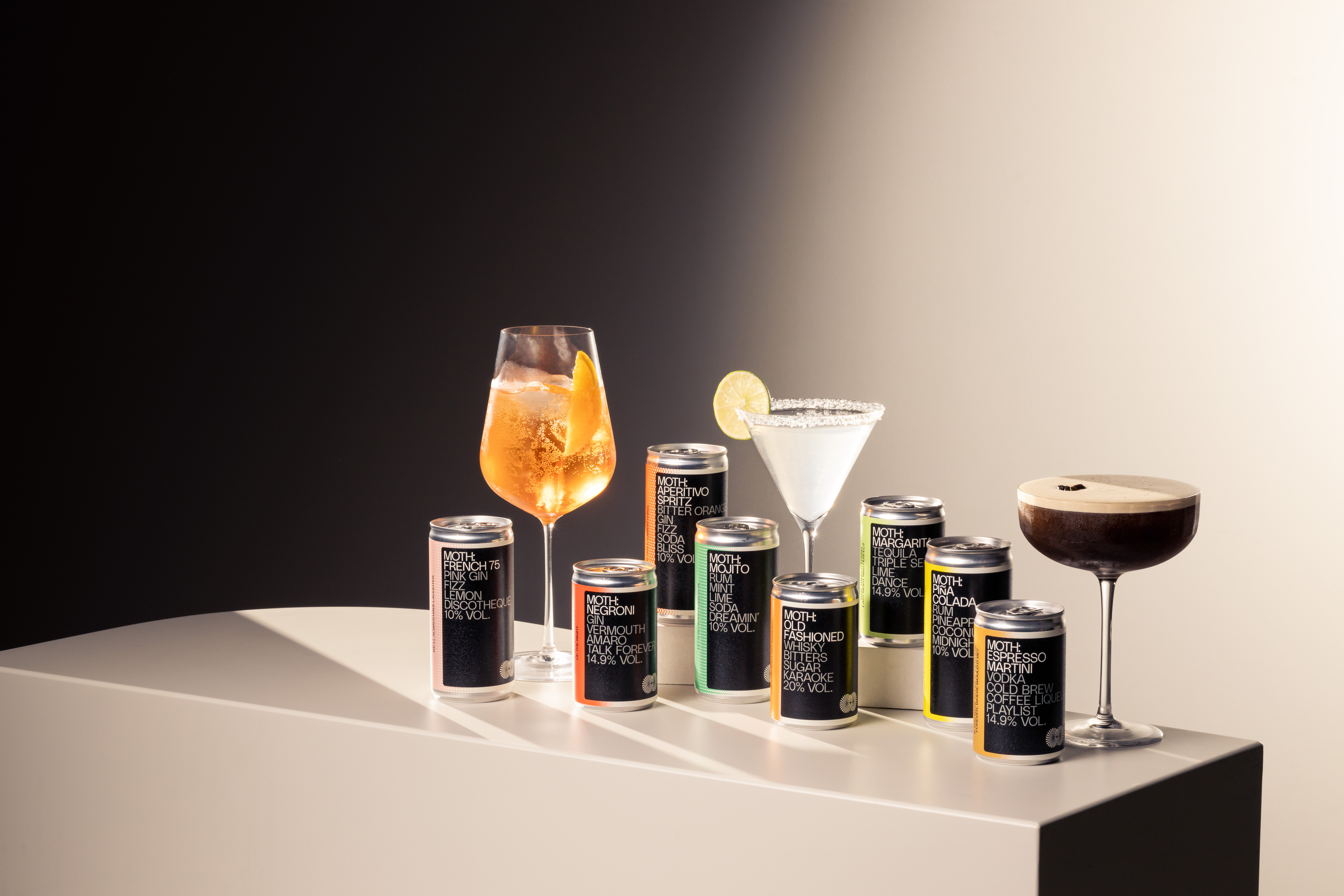
Embracing local and artisanal beverages
Airlines are increasingly recognising the value of showcasing local provenance and artisanal, or craft, beverages. This trend reflects a desire to offer guests a taste of the region they are departing from or arriving at. From craft beers and spirits to indigenous teas and coffees and nearby running spring water, airlines are incorporating a sense of place into their drink offerings. Provenance is important from a sustainability perspective also, if the carbon footprint of where products originate and are transported from/to can be reduced, that is commendable.
However, airline catering is complex and often, loading the same product across the entire network can actually carry a friendlier footprint when you consider all the external factors. Hence airlines often serve drinks relating to their national heritage or those that are produced using ingredients grown locally, rather than source a different product selection for the starting destination of each flight. For example, Iceland Air pour Icelandic Einstok Arctic Pale Ale across all routes, many of which are inbound from the USA.
Expanding low and non-alcoholic drinks
With the rise of health-conscious travellers and the increasing popularity of alcohol-free lifestyles, airlines are expanding their non-alcoholic drink selections. Beyond the standard selection of soft drinks and juices, guests can now enjoy a variety of alternative non-alcoholic beers, mocktails and alcohol-free spirits, catering to a broader range of tastes and preferences. In addition to non-alcoholic imitations, more premium soft drinks to offer high quality to those who have always enjoyed only soft drinks are on the rise.
Last year Saudia launched boutique handmade Jukes (founded by the wine legend Matthew Jukes) as a signature healthy, non-alcoholic, all-natural super premium drink on board. Low alcohol as a category is also in considerable growth since session-able sips started to gain popularity starting with lower abv beer a few years ago. Air travel is a worthy environment for well-loved classics made with a lesser strength, because at altitude alcohol can affect you differently to on the ground, and sometimes more rapidly.
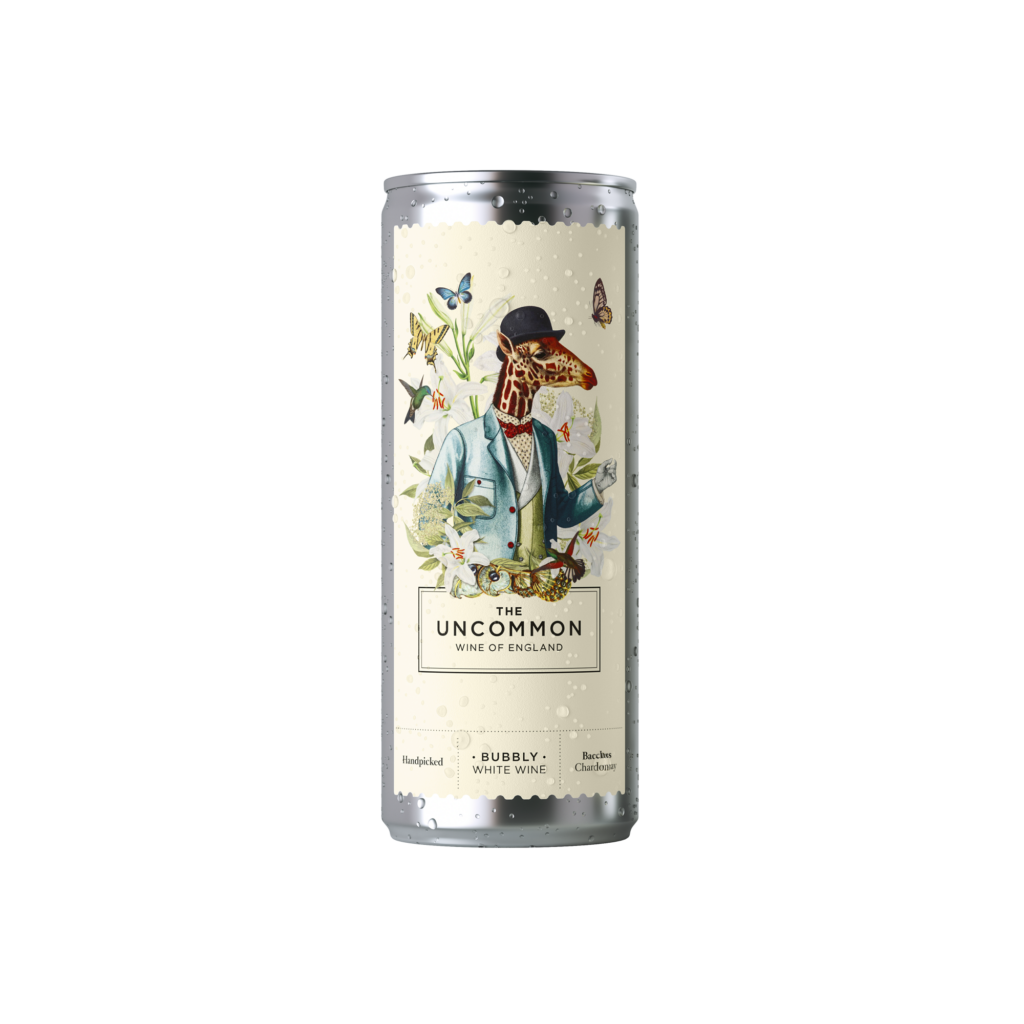
Plus, you can be on an aircraft for a much longer period of time than at a restaurant or in a pub, so having three or four drinks instead of one or two means that half or a third of the alcohol in each one could be best for everyone concerned: other passengers and the on board crew.
Ones to watch
| Noughty (Inflight Initiatives) | Jukes (Catrion, Saudi Catering Company) | Unrooted (Inflight Initiatives) |
| Savyll | Punchy | Lucky Saint |
| Low (Small Beer Co.) | Quarter – (Inflight Initiatives) |
Uncommon spritz – Inflight initiatives
Sustainable selections: With environmental concerns more prominent than ever before, airlines are actively incorporating sustainability into their criteria for sourcing beverages. This includes initiatives such as reducing single-use plastics, sourcing locally produced beverages to minimise carbon footprint, and investing in eco-friendly packaging for in-flight drinks.
Drinks options extend beyond the liquid too, with airlines looking more closely at their equipment in-flight, reducing plastic or paper cups and replacing for multi-use vessels as well as paper straws and planet-friendly drinks stirrers.
easyJet announced just a few weeks ago that all their inflight staff would be issued with both a drinks bottle and reusable cutlery so they never have to access disposable alternatives whilst on duty in the skies. Water, a staple in in-flight service, is also undergoing a sustainability makeover for some airlines who are investing in water filtration systems that reduce the need for single-use plastic bottles.
Some carriers are even exploring partnerships with water bottle manufacturers committed to sustainable practices, ensuring passengers have access to clean water without contributing to plastic waste.
Ones to watch
| Unrooted (Inflight Initiatives) | The Pickle House | Quarter |
| VitHit Drinks |
Interactive beverage menus
As in most hospitality environments, airlines showcase the food and drink options available on menus. These will differ from cabin to cabin and from airline to airline. Traditionally airlines would print a separate menu card or booklet relevant to the offering for that flight.
The breakfast service from London to Paris would usually be different to the 1700 departure to New York, for example. Others are utilising existing assets such as the inflight magazine to add a section for f&b, although where food is concerned, this is rarely effective on long haul flights.
Some airlines are taking innovation a step further by introducing interactive digital menus for in-flight beverages. Guests can browse through the entire drink’s selection on their personal screens, complete with detailed descriptions, recommended pairings, and even video demonstrations of mixologists crafting signature cocktails. This interactive approach adds an element of engagement to the in-flight beverage experience, enables real time stock updates and creates opportunities for tactical promotions and themed ‘pop-up’ brands.
Education and engagement
Airlines are not just changing what’s available from the galleys; they’re also engaging guests more in the sustainability journey. Information pre, during and post flights is more and more geared towards educating those flying about the eco-friendly choices available and encouraging them to be mindful of their environmental impact.
Producers can access certifications, alliances and associations to showcase commitment to sustainability so that buyers are assured it’s a top priority when looking at a potential future drinks brand. There are many national and global marks but some of the more widely known include B-Corp, fairtrade, PETA
Ones to watch
| Unrooted | Uncommon | Lucky Saint |
| The Pickle House | MOTH | Noughty |
Don’t forget about the lounge
Undeniably, selecting and developing the inflight f&b proposition is one of the most complex for many of the reasons mentioned. Usually, airline wine and beverage buyers are also responsible for, or partly in charge, of the lounge selection. The strategy here changes from airline to airline.
Some choose to pour identical tipples to what guests will go on to enjoy up in the air, or some like to offer a point of difference in the lounge. Increasingly, lounges are popping up owned by companies other than airlines and appealing to passengers in the airport, eventually flying away on different airlines so the link isn’t there at all. Here, popular trends and more innovative products within categories are being explored.
Although the majority of airline lounges are airside and therefore have numerous routes to market complexities, lounges being firmly grounded, naturally have more space, less weight restrictions and better access than a metal tube!
Something procurement teams may be attracted to when buying across inflight and in lounge is multiple formats across a brand. For example, if beers can fly in a 330ml aluminium can format, would the same beer appear on tap in the lounge? There’s a healthy wellness shot called Unrooted that flies on inflight menus and meal trays as a small 60ml single shot serve. In the lounge, the same brand can be poured into individual glasses from a 500ml dosing bottle.
This has two benefits: firstly, a bigger bottle looks better in the larger space area of a lounge plus allows for easier brand recognition. Secondly, single serves tend to be popped in pockets or handbags a little easier so are better positioned on a tray inflight.
Ones to watch
| Unrooted | The Pickle House | Two Tribes (Inflight Initiatives) |
| Signature Cocktail Co | Aviation Gin | Penfolds |
| Whispering Angel (AMI) |
Innovation in the drinks offered on airlines globally is reflective of the broader shift in the travel industry towards providing passengers with a more personalised and enriching experience. This strategy saw some stop-start due to the pandemic, but it is clear that most are airlines are committed to making every aspect of the journey memorable.
As the aviation industry continues to evolve, we can expect to see even more exciting developments in the world of in-flight beverages, ensuring that the skies remain a place of both comfort and indulgence for customers flying around the world. Cheers to a refreshing flight!
Kelly Stevenson is one of the Ambassadors for this year’s WTCE exhibition. She will be speaking in the Taste of Travel Theatre at the event, which takes place from 28-30 May 2024 at the Hamburg Messe in Hamburg, Germany. To find out further information
